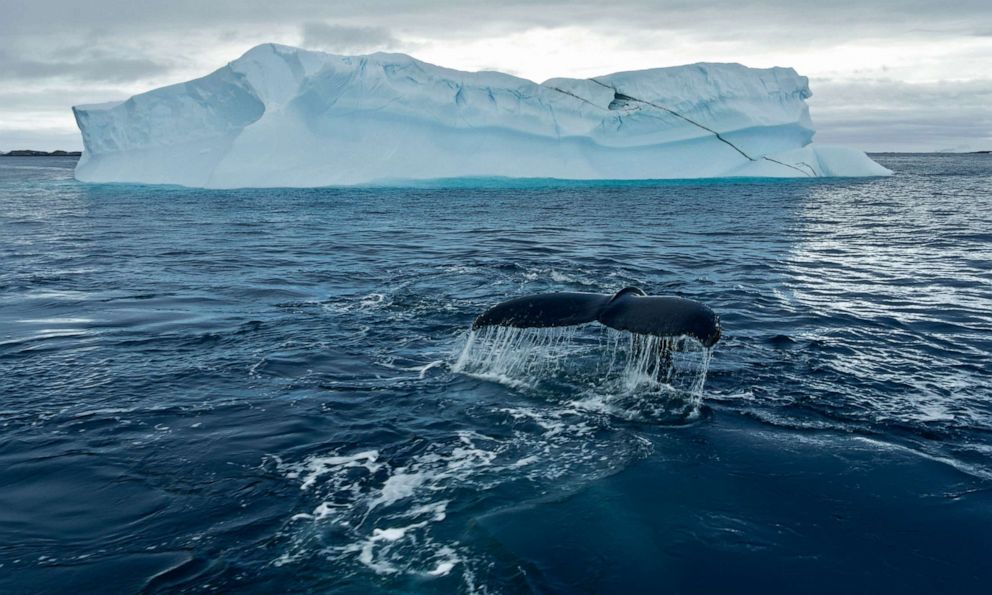'Secrets of the Whales' is a deep dive into whale culture
A National Geographic photographer documented the lives of whales for years.
World-renowned photographer Brian Skerry is sharing some of his extraordinary work documenting the lives of whales over three years in 24 locations.
"Secrets of the Whales" is an in-depth look into whale culture through a series on Disney+, a National Geographic cover story and a book.
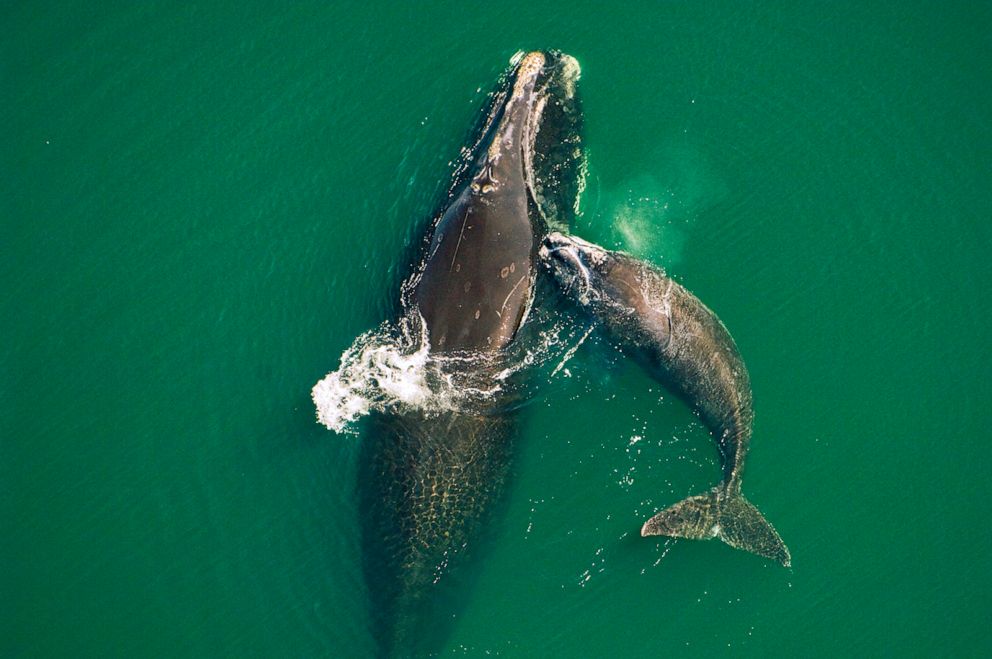
The project documents the various communication skills and social structures of five different whale species: orcas, humpbacks, belugas, narwhals and sperm whales, including the never-been-seen moment of a sperm whale calf nursing.
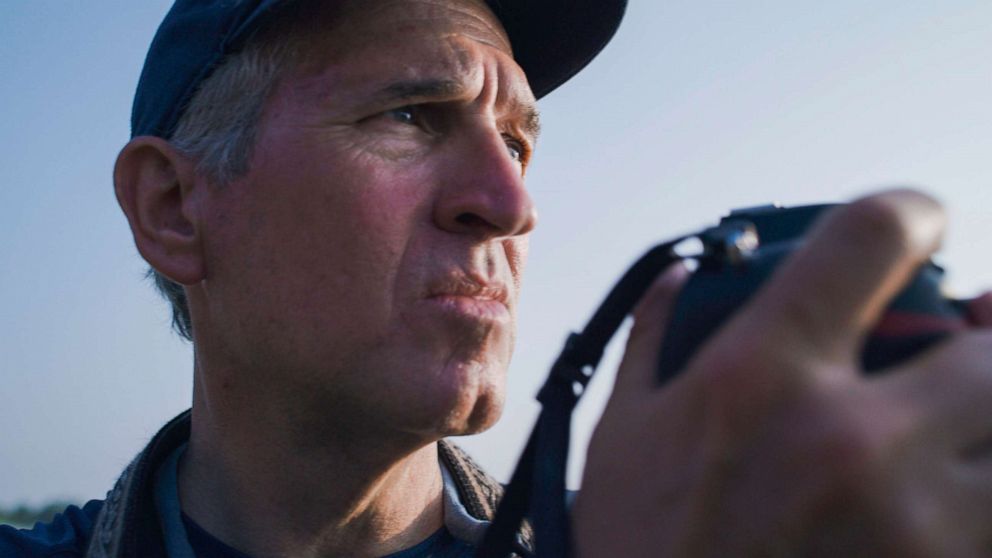
Skerry began his journey as a diver. "I fell in love with the sea as a child," he said.
Growing up in Massachusetts, he remembers going to New England beaches in the summer and said, "There was something about being near the ocean that spoke to me."
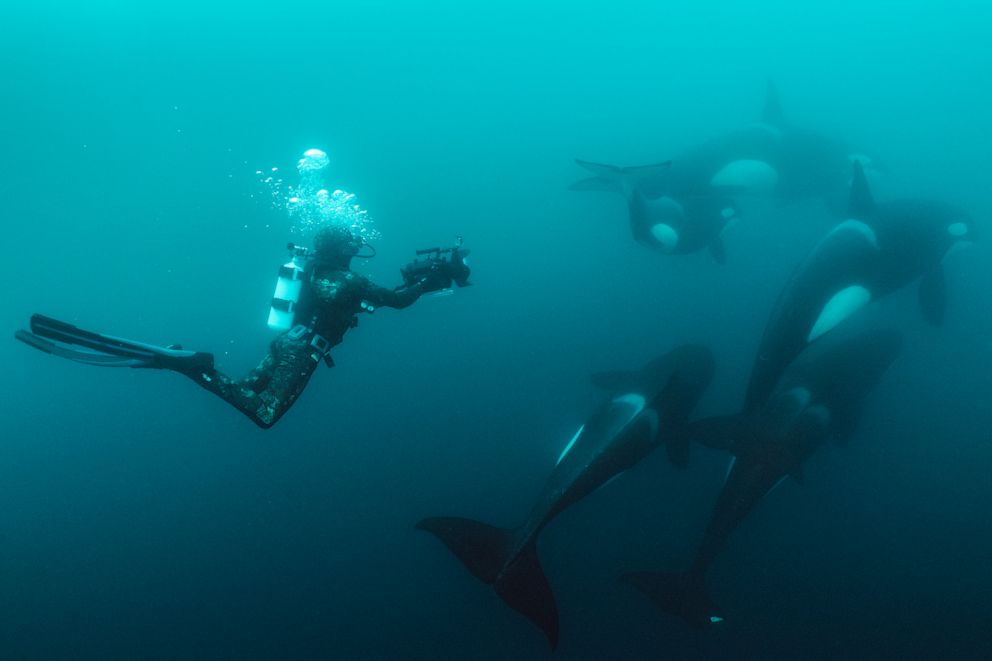
He said the idea for the "Secrets of the Whales" evolved over the last decade, starting with a story for National Geographic in 2008 about the most endangered whales in the world. He said after that story he wanted to expand it to a wider study on various whale species.
Skerry conducted research and spoke with scientists to select a focus for the story and was fascinated by the rich cultures that exist among whales communities.
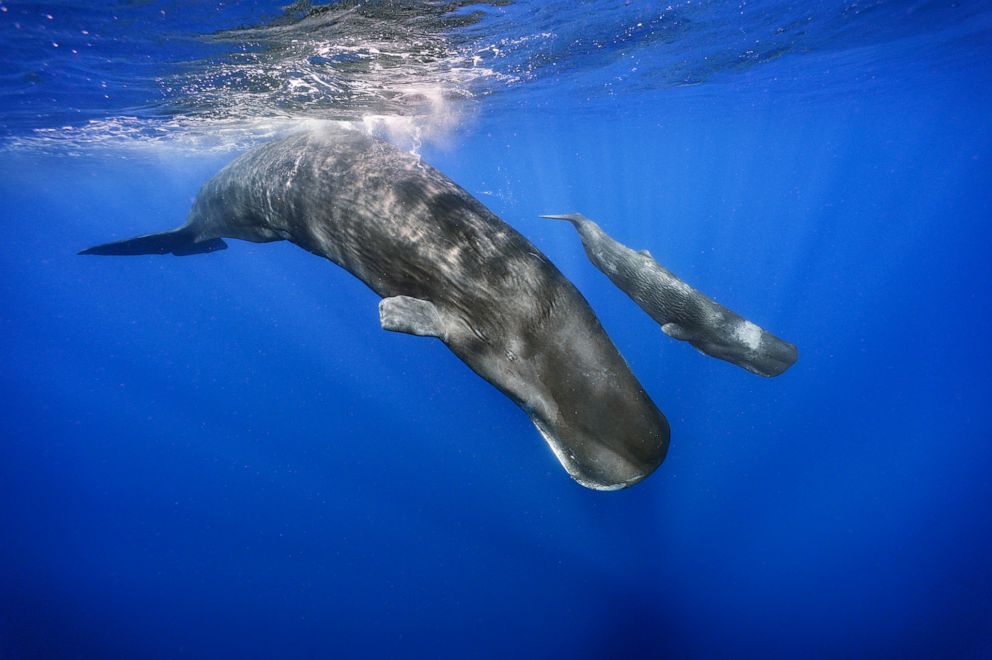
Through this research, he said he learned that different cultural identities emerge all over the world -- even among the same species. He provided an example of different clans of sperm whales isolating themselves by dialect and not intermingling.
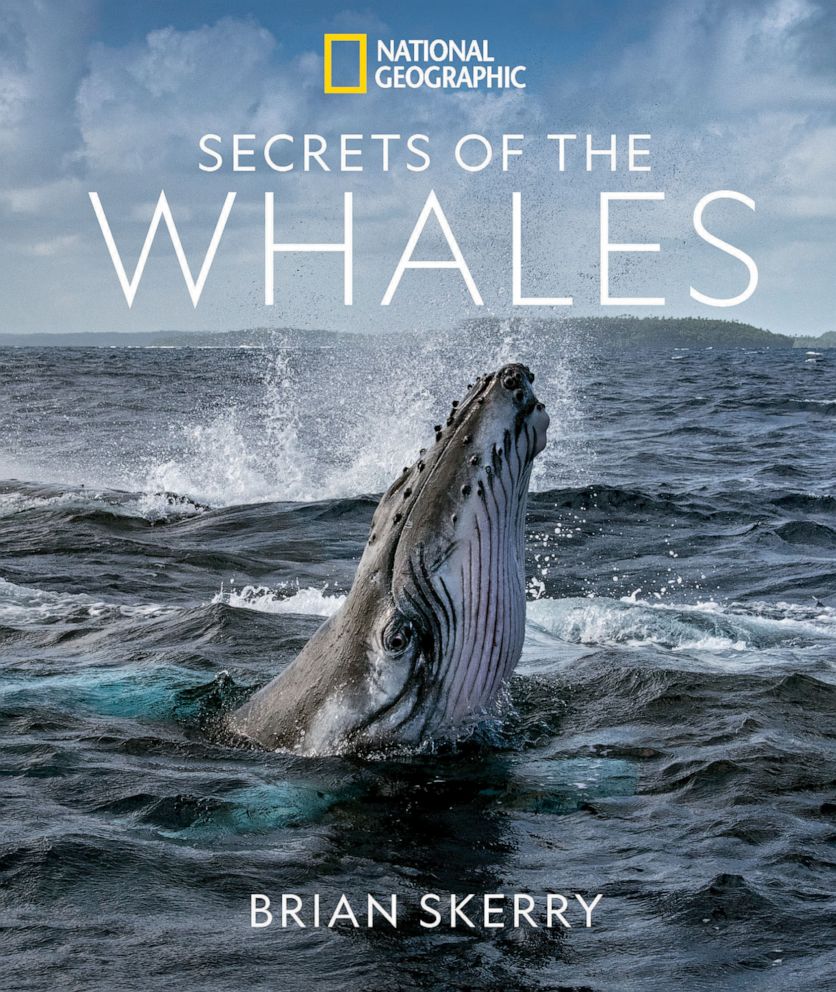
He has noticed that orcas have different food preferences depending where they are in the world. In New Zealand, orcas eat stingrays; in the Norwegian arctic, orcas prefer herring; and in Patagonia, orcas favor sea lion pups.
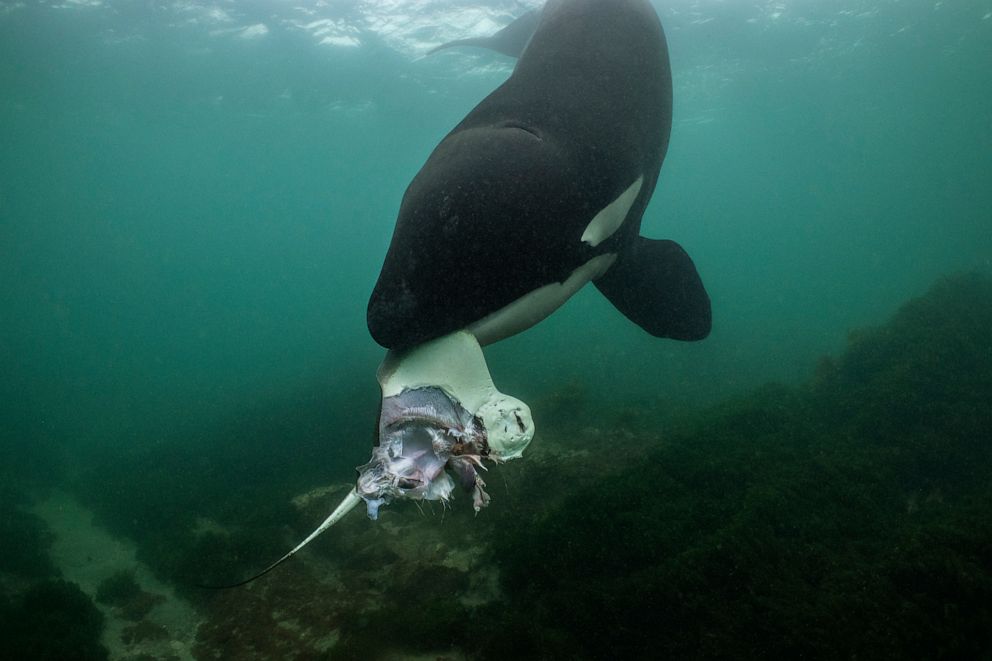
Skerry described the techniques he used to capture the images, often in remote areas like the Arctic Ocean. He said 95% of the dives were done free-diving without scuba equipment. This requires divers to hold their breath to go down and photograph the whales.
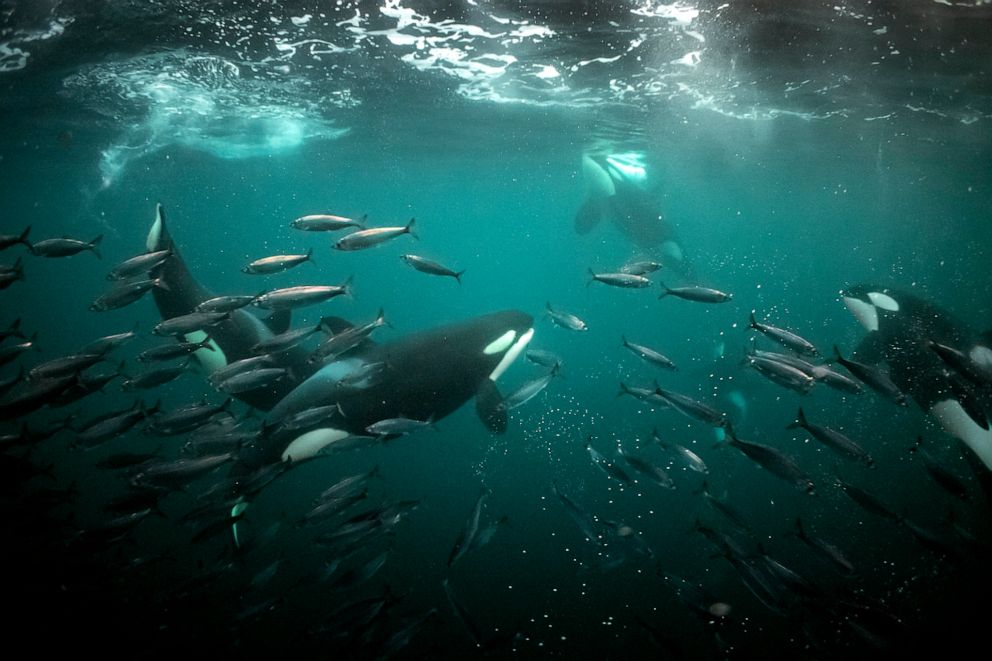
Skerry said he couldn't choose his favorite whale to photograph.
"That would sort of be like picking your favorite child ... whichever whale I was swimming with at the moment," he said. But he eventually landed on the orca, because "they are arguably the most intelligent animal in the ocean."
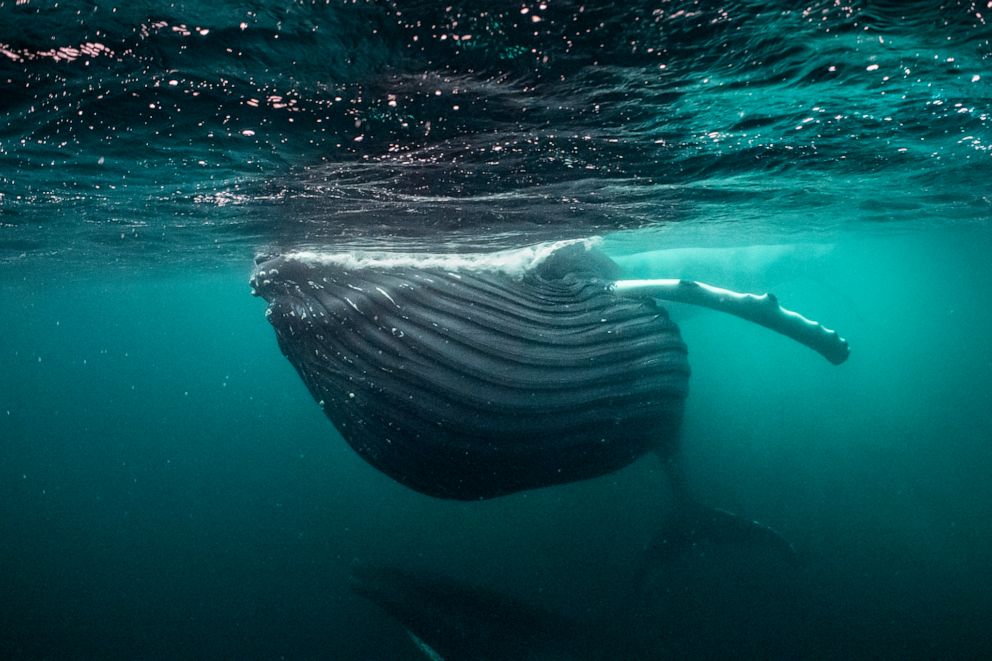
Skerry said what he learned from shooting this project was the importance of family. He described the joy and bliss that whales experience being together despite the hardships they go through to survive.
"Community is important, family is important, society is important," Skerry said. "And that is what I relearned from the whales."
